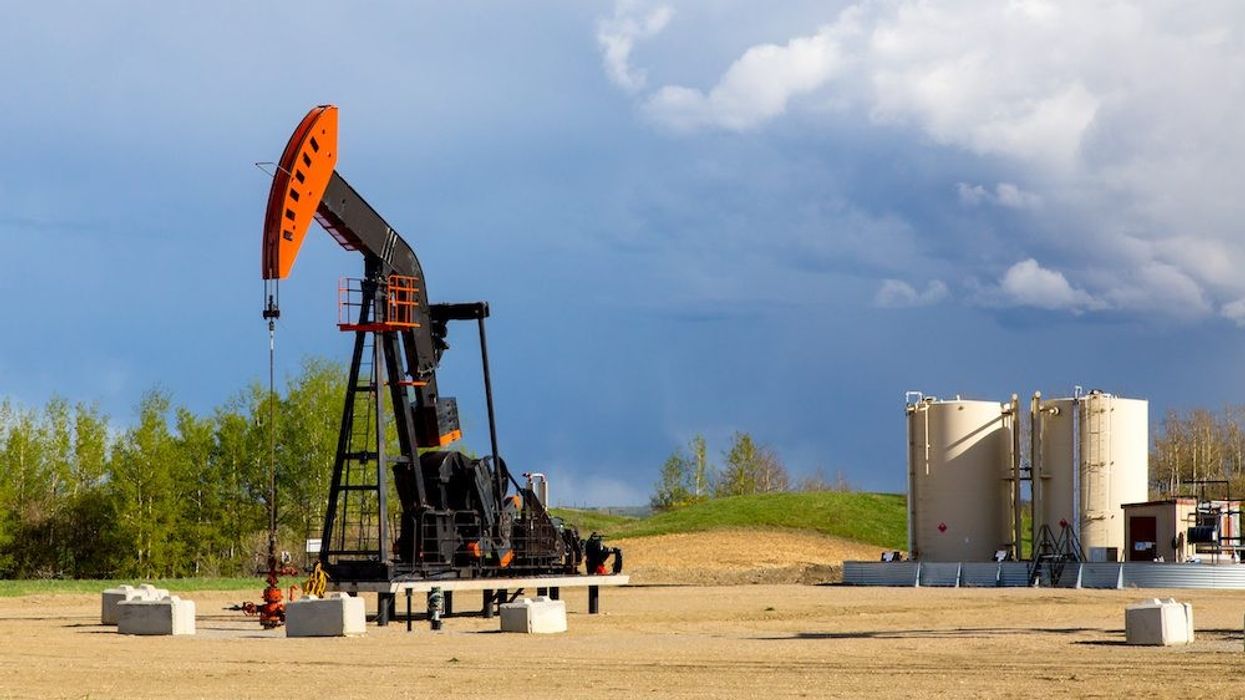Canada's economy grew 3.1% annually during the first quarter of the year as exports of both goods and services fell, new data from Statistics Canada finds.
The Q1 growth was less than half of the 6.6% year-over-year jump seen in the last three months of 2021. It came as Canada's exports fell 2.4% during the quarter -- a stark change from the increases seen in the previous two quarters. The Statistics Canada report deemed this to largely be a result of decreased international trade of energy products exports.
But at the same time, overall domestic demand jumped, with Canada's GDP rising 0.8%. According to the report, this is thanks to an increase in both household consumption and business investments.
Although household consumption prices were up 4.8% annually, household spending was on the rise for the third quarter in a row, growing by 0.8%. Spending on durable goods was up 2.6%, led by a staggering 16.1% increase in spending on new passenger cars. But, as the agency noted, "despite the increases, spending on automobiles remained lower than pre-pandemic levels, as lagging supply chain issues continue to impact the auto industry." And although outlays for services were up 0.7% -- their seventh consecutive quarterly increase -- they still remain lower than pre-pandemic levels.
As Canadians continue to struggle with higher prices everywhere from the grocery store to the gas station to the housing market, it comes as no surprise that the GDP implicit price index, which reflects the overall price of domestic goods and services, rose 2.9%. According to Statistics Canada, this is primarily a result of higher export prices of crude oil and bitumen. In fact, household consumption prices for fuels and lubricants was up 10.4% and the price of housing investment rose 3.9%.
Housing continued to be a major leader in price growth, with the value of residential structures soaring to $3.5T. Investments in residential construction were up for the second quarter in a row, rising 4.3%, and renovations, sale costs, and new construction were all up Canada-wide. New construction investments in particular were up in every area of Canada other than Alberta and the territories, but where Alberta led was in home resale activity, which shot up 27.4%.
At the same time, household mortgage debt increased by $33.9B during Q1, which coincided with the Bank of Canada raising its policy interest rate from 0.25% to 0.5%.
As prices and spending rose, so did worker income. Employee compensation jumped 3.8% in Q1, marking the largest quarterly growth in compensation of employees since the second quarter of 1981. This trend, Statistics Canada says, came as employers attempted to attract qualified workers by offering higher salaries. Employees also saw significant wage growth overall, particularly in Canada's most populous cities. Quebec compensation was up 4.5%, British Columbia compensation was up 4.2%, and Ontario compensation rose 3.9%.
The report noted that increases in disposable income outweighed higher household spending, which resulted in an impressive 8.1% household savings rate -- more than double the average 3.5% savings rate seen in the decade prior to 2020. Although this appears to be a good sign, Statistics Canada warns that "these trends may not be sustainable over time if inflationary pressures on consumption persist, and if recent gains in employee compensation are not maintained."





















